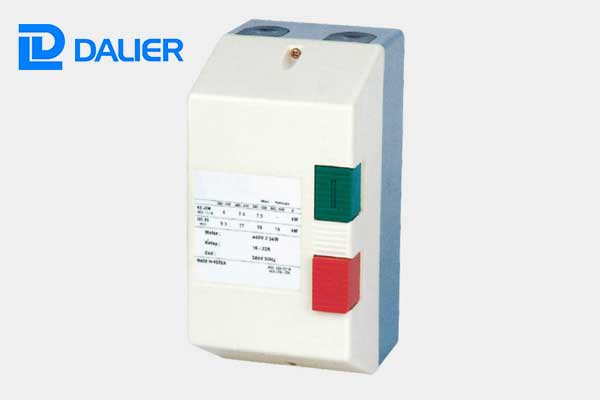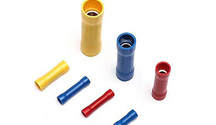How magnetic starters work and what they do
The magnetic starter consists of a steel stamping shell, a steel base plate, an AC contactor, a thermal relay and the corresponding wiring. When the start button is pressed, the coil of the AC contactor inside the magnetic starter is energised and the armature drives the contact group to close, switching on the power of the appliance (usually the motor) and at the same time self-locking through the auxiliary contact. When the stop button is pressed, the internal AC contactor coil is de-energised and the contacts break, cutting off the power to the appliance and unlocking it.
The magnetic starter can also be flexibly wired to achieve functions such as flicking and changing, depending on the control requirements. A thermal relay is fitted to provide overload protection for the motor under control. The rectification current of the thermal relay should be in accordance with the power requirements of the motor.
Magnetic starters are full voltage direct starters and are used where both grid capacity and load allow full voltage direct starting. The advantages are that they are easy to operate and control, simple to maintain and relatively economical. They are mainly used for starting small power motors and are not suitable for motors larger than 11kw.
Magnetic starters are structurally composed of an AC contactor and a thermal relay. Those with an enclosed casing are called protected magnetic starters and those without a casing are called open magnetic starters. Magnetic starters are commonly used as operating switches for locally controlled or remotely controlled motors. The thermal relay in a magnetic starter has the protective feature of disconnecting the circuit itself in case of overload, while the loss of voltage protection is achieved by means of an AC contactor (when operated with a button).
Magnetic starters are available in reversible and irreversible versions. The former is commonly used to control motors that are subject to forward and reverse rotation. Magnetic starters are available for rated voltages up to 500V and rated currents of 5, 10, 20, 40, 60, 100A and 150A.
The role of magnetic starters
Firstly, we need to know that the magnetic starter should be used in conjunction with the fuse in order to work, while it is mainly a starting device for motors with a CSS standard of more than 0.5 kW. The role of the magnetic starter is to be able to play a long distance to control the motor start, stop, reverse and other executive actions, and can also be compatible with the functions of low voltage and overload protection.





